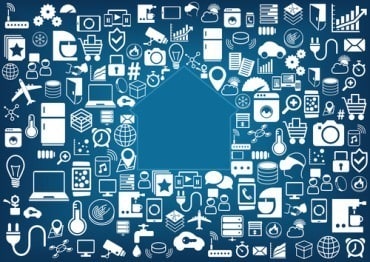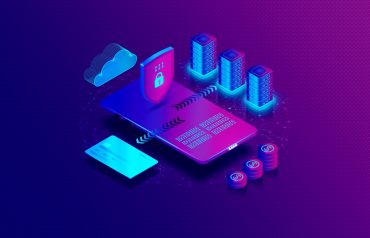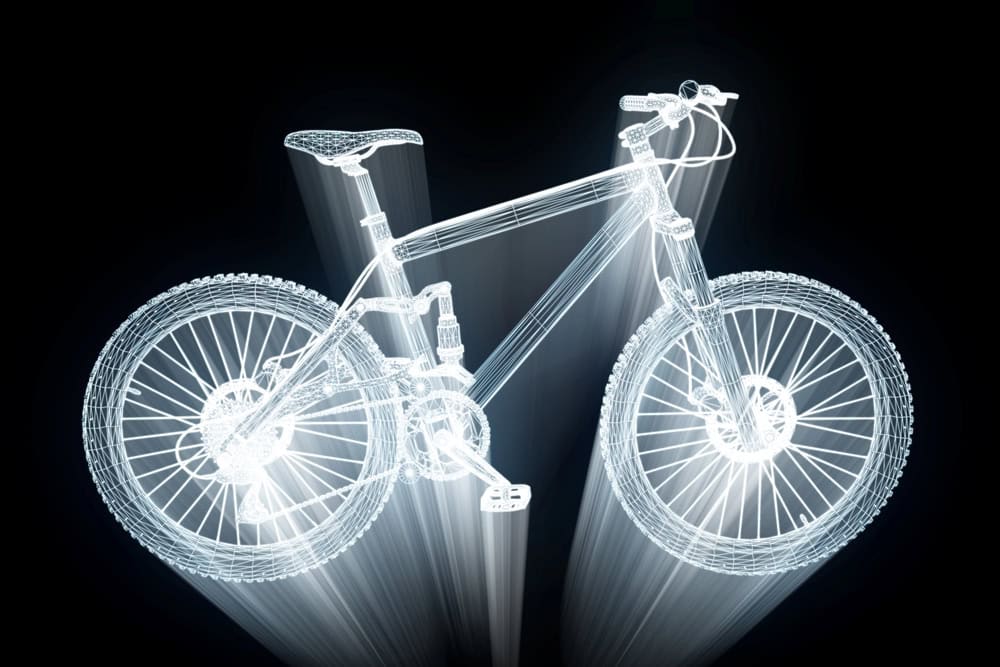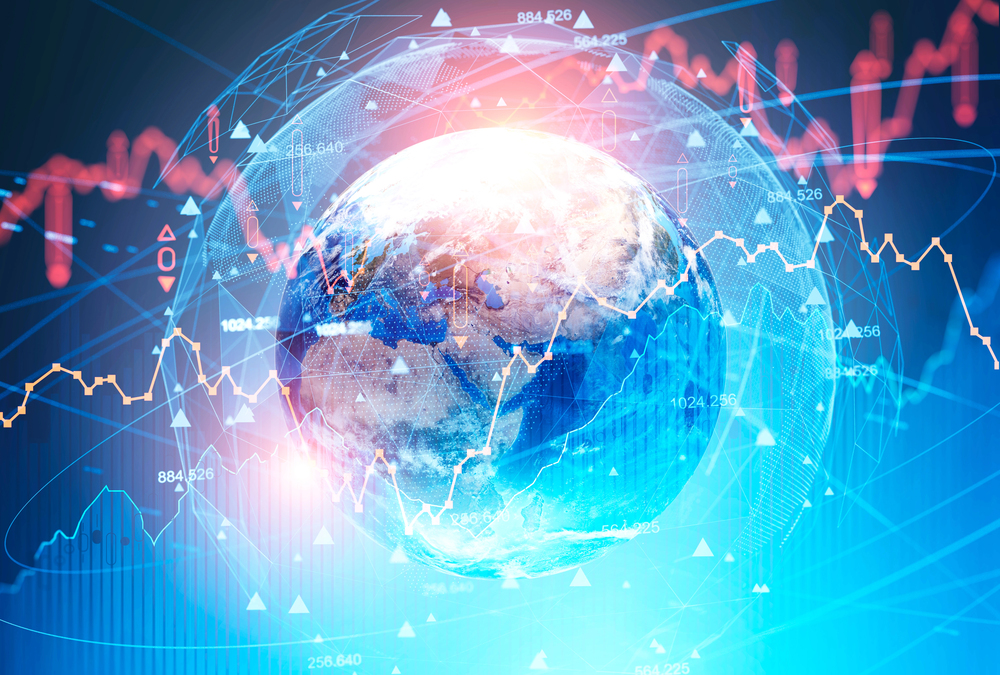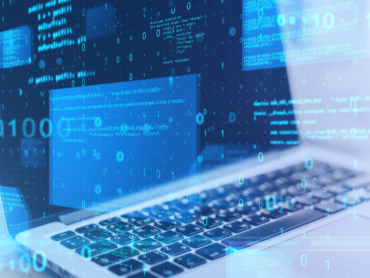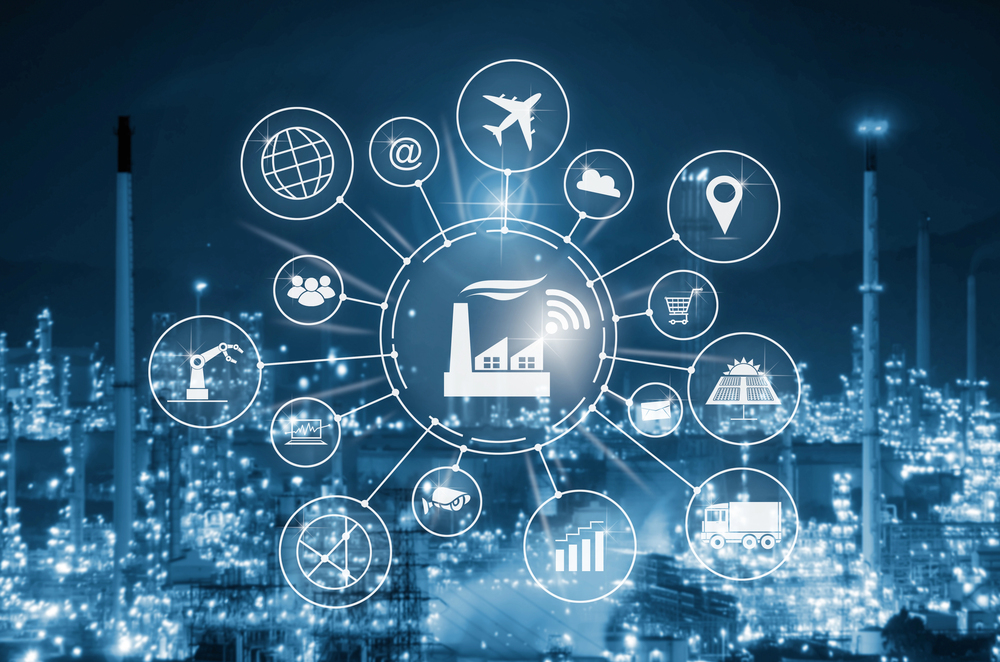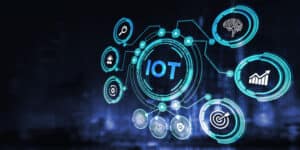
The proliferation of IoT is driven by process automation, digital transformation, and the rollout of 5G connectivity networks.
It may be a chaotic world, but that is creating a greater case for increasing the reach of the Internet of Things (IoT). In an era of heightened geopolitical tensions, sustainability concerns, and supply chain disruptions, the time is ripe for IoT, according to analysis from Frost & Sullivan.
Devices, sensors, and all manner of edge systems are already proliferating at a stunning rate. The consultancy estimates that in 2022 there were 35.37 billion IoT devices globally, expected to rise to 41.76 billion this year — an 18% rise. The majority (51%) of total connections are related to building automation, security, and surveillance applications. The remaining connections include factory and industrial automation, portable asset tracking, and fixed-asset monitoring.
The ongoing proliferation of IoT across the globe is driven by automation processes, companies continuing their digital transformation journey, the recovery of value chains after the economic impacts of the COVID-19 pandemic, and the rollout of 5G connectivity networks, the researchers state.
See also: 5G, 6G, and Metaverse Top List of 2023 Hot Technologies
IoT technologies “are gaining traction for security purposes, such as protecting critical assets across industries,” the researchers point out. “IoT-based smart security systems can make places safer by recognizing people and objects entering and exiting buildings, keeping track of a facility’s status, and sending out security alerts and emergency replies. Edge computing and artificial intelligence are becoming indispensable technologies for surveillance systems that enable image monitoring and data processing.”
The following are leading applications related to IoT projects, the research finds:
- Security and surveillance 40%
- Industrial automation and smart manufacturing 39%
- Process automation 39%
- Environmental, social, and corporate governance 32%
- Advanced measurement infrastructure/smart meters 32%
- Connected consumer electronics 29%
For the year ahead, “organizations will accelerate the implementation of industrial IoT concepts and solutions to streamline operations, improve productivity, enhance product quality, and reduce costs,” the researchers continue. “Moreover, digital twins will become popular in the Industry 4.0 approach, thanks to data analytics and IoT, which provide the tools for applications like predictive maintenance and fault detection.”
IoT technology is also core to emerging edge computing initiatives, particularly those powered by 5G. This technology “brings computing power closer to customers, enabling new applications and experiences,” the report states. Plus, IoT devices “will meet requirements for local data storage and real-time processing to support latency-sensitive applications such as augmented reality and driverless vehicles,” the researchers add.
There are implications for improving customer experiences, the report states. Such applications include triggering automated responses in electric vehicles with advanced driver assistance systems. “Innovative technologies like 5G, edge computing, and smart tire sensors are implanted to detect dangers and avoid collisions.”
IoT also will form the foundation of the emerging metaverse. In the year ahead. “There will be a growing need for 5G networks and edge computing to enable more vivid augmented and mixed reality experiences, powered by ultra-low-latency levels. New verticals leveraging these technologies are gaining ground, such as education and learning,” the researchers state.
The use of digital payments will increase, and IoT will play a crucial role here as well. Expect to see more IoT payments, “which involve transactions carried out by internet-connected devices with a certain level of autonomy.” Digital technologies, including IoT sensors, AI software, visual computing, machine learning (ML), and networking, will become more popular as retailers implement contactless technologies, self-checkouts, or go cashierless.”


